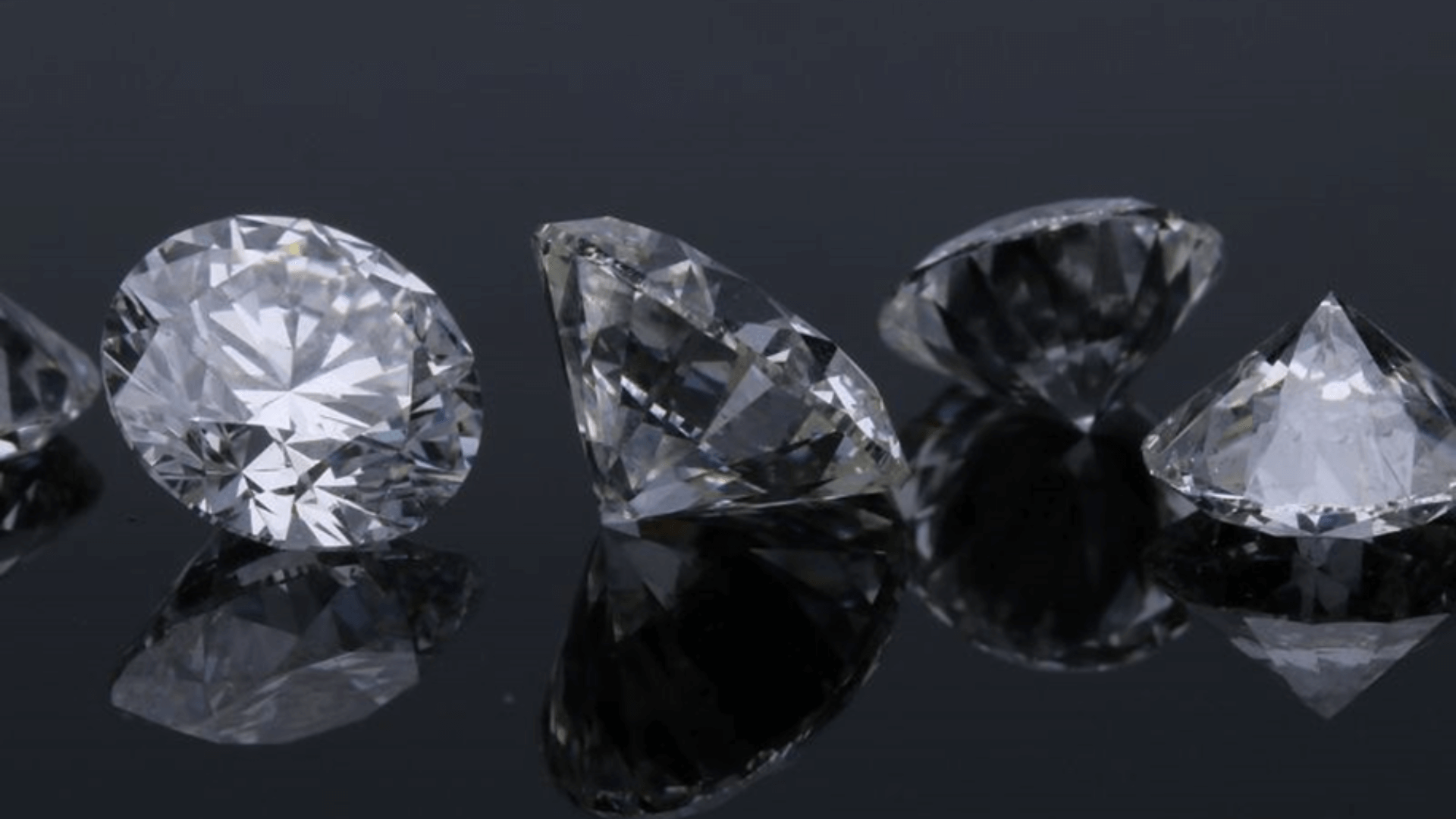Lab-grown diamonds have become increasingly popular due to their ethical and sustainable nature, but just like their natural counterparts, they too can have inclusions. Understanding these inclusions is crucial for consumers to make informed decisions when purchasing lab-grown diamonds. In this article, we’ll delve into the world of inclusions in lab-grown diamonds, exploring their types, impact on quality, and significance in certification processes.
1. Introduction
As the demand for ethical and sustainable alternatives to natural diamonds rises, lab-grown diamonds have emerged as a compelling option. However, misconceptions still exist regarding the quality and characteristics of lab-grown diamonds, particularly concerning inclusions.
2. What are Lab-Grown Diamonds?
Lab-grown diamonds are created using advanced technological processes that replicate the natural diamond-growing conditions found deep within the Earth’s mantle. These diamonds have the same chemical composition, physical properties, and optical brilliance as natural diamonds but are ethically sourced and environmentally friendly.
3. Understanding Diamond Inclusions
Inclusions are natural characteristics that form within diamonds during their growth process. They can include minerals, gases, or other materials trapped inside the diamond. Understanding the types and significance of these inclusions is essential for assessing a diamond’s quality.
Types of Inclusions
In lab-grown diamonds, common types of inclusions include pinpoint inclusions, clouds, feathers, and needles. Each type varies in size, shape, and impact on the diamond’s appearance and durability.
Importance of Inclusions
While inclusions are often viewed negatively, they play a crucial role in identifying a diamond’s origin and authenticity. They serve as natural fingerprints, distinguishing lab-grown diamonds from their natural counterparts.
4. Identifying Inclusions
Various methods are used to identify inclusions in lab-grown diamonds, including microscopic examination, ultraviolet light analysis, and spectroscopy. These techniques allow gemologists to assess the diamond’s internal characteristics accurately.
Methods to Identify Inclusions
Microscopic examination involves magnifying the diamond to inspect its internal features. Ultraviolet light analysis reveals fluorescence patterns, which can indicate the presence of certain inclusions. Spectroscopy helps identify the chemical composition of inclusions in lab grown diamonds, further aiding in their classification.
Professional Examination
For accurate assessment, it’s advisable to seek professional examination from certified gemologists who possess the expertise and equipment to identify and evaluate diamond inclusions effectively.
5. How Inclusions Impact Quality
Inclusions can significantly impact a diamond’s clarity, brilliance, and overall aesthetic appeal. Understanding their effects is crucial for selecting a diamond that meets your preferences and budget.
Clarity Grading
Clarity grading assesses the presence and visibility of inclusions within a diamond. Diamonds with fewer and smaller inclusions receive higher clarity grades, indicating superior quality and value.
Brilliance and Sparkle
Inclusions can interfere with the passage of light through a diamond, reducing its brilliance and sparkle. Diamonds with minimal inclusions exhibit enhanced light performance, resulting in a more captivating appearance.
6. Inclusions vs. Natural Diamonds
While both lab-grown and natural diamonds can contain inclusions, their characteristics may differ. Natural diamonds often feature inclusions formed over millions of years, while lab-grown diamonds may exhibit inclusions related to their growth process in controlled laboratory conditions.
7. Inclusions and Price
The presence and severity of inclusions influence a diamond’s price, with diamonds free from visible inclusions commanding higher values. However, minor inclusions may be acceptable depending on personal preferences and budget constraints.
8. The Role of Inclusions in Certification
Inclusions play a significant role in the certification of lab-grown diamonds, providing valuable insights into their authenticity and quality.
Gemological Institutes
Gemological institutes, such as the Gemological Institute of America (GIA) and the International Gemological Institute (IGI), conduct rigorous assessments of diamond inclusions as part of their certification process.
Certificates and Reports
Certificates issued by reputable gemological laboratories include detailed information about a diamond’s inclusions, allowing consumers to make informed purchasing decisions with confidence.
9. Importance of Disclosure
Transparent disclosure of a diamond’s inclusions is essential for maintaining trusted lab grown diamonds and integrity within the diamond industry. Consumers should receive accurate and comprehensive information about any inclusions present in the diamonds they purchase.
10. Conclusion
Inclusions are natural characteristics that contribute to the uniqueness and authenticity of lab-grown diamonds. Understanding the types, impact, and significance of inclusions is crucial for consumers to make informed decisions when selecting their desired diamond.

